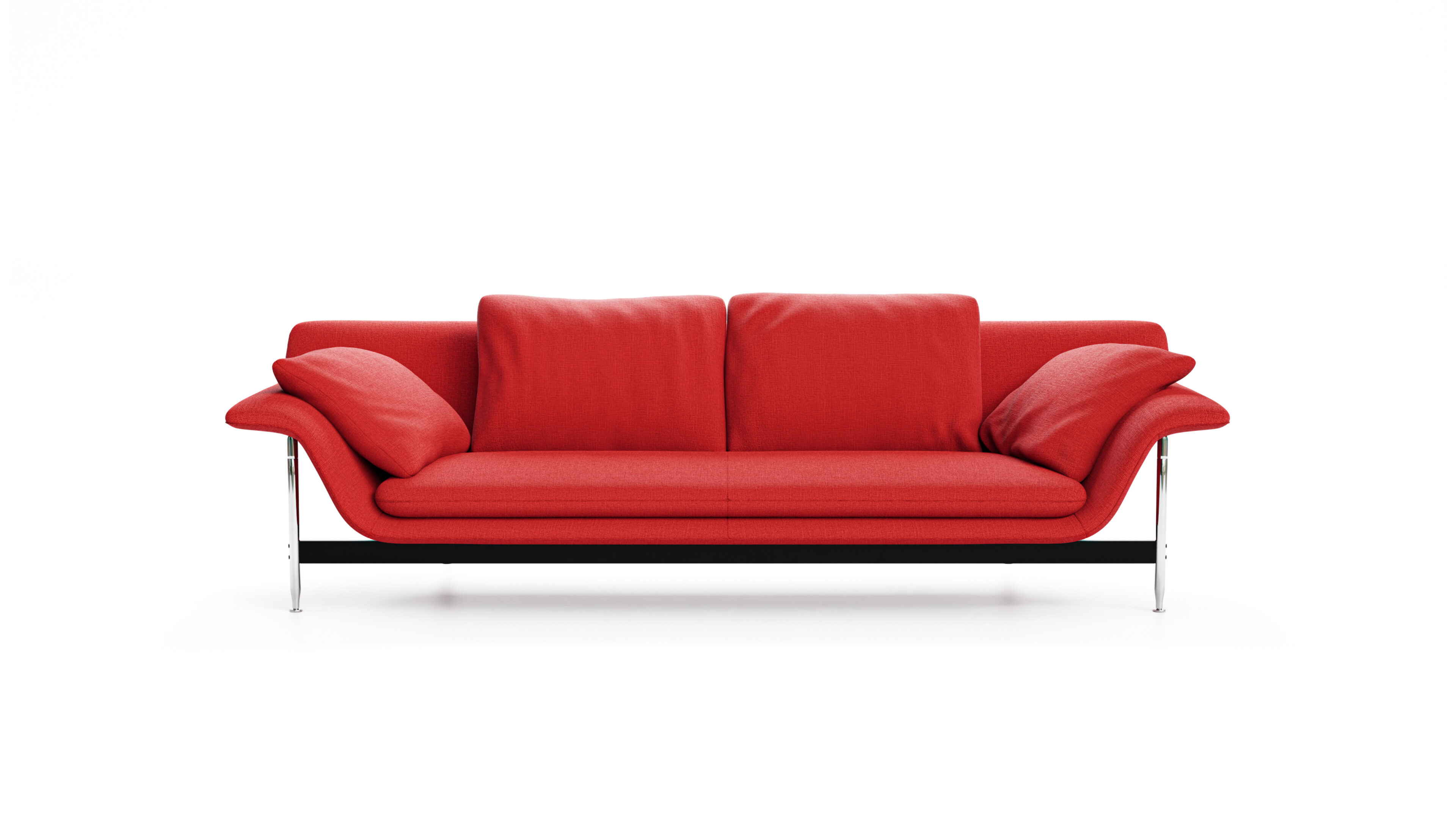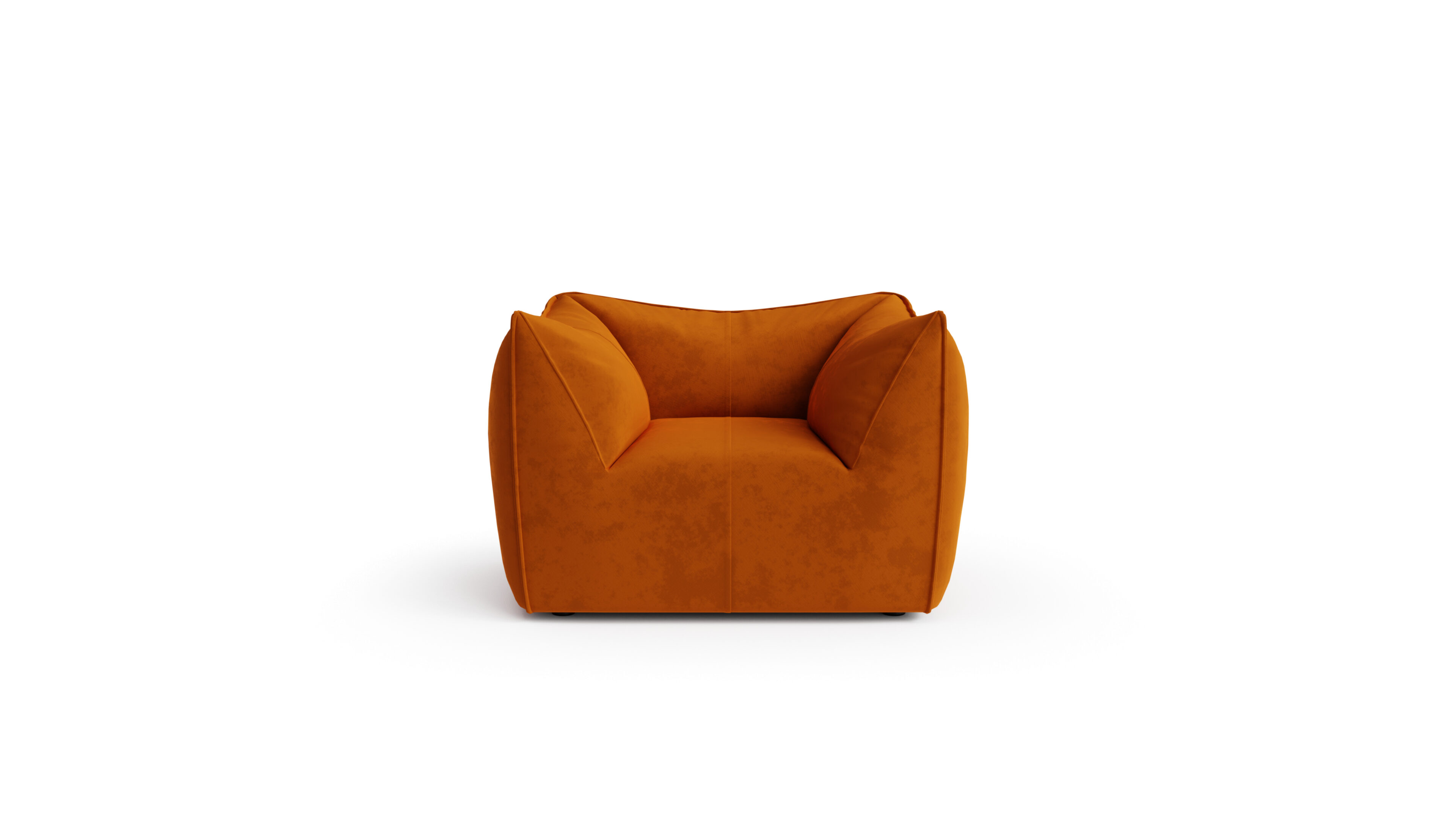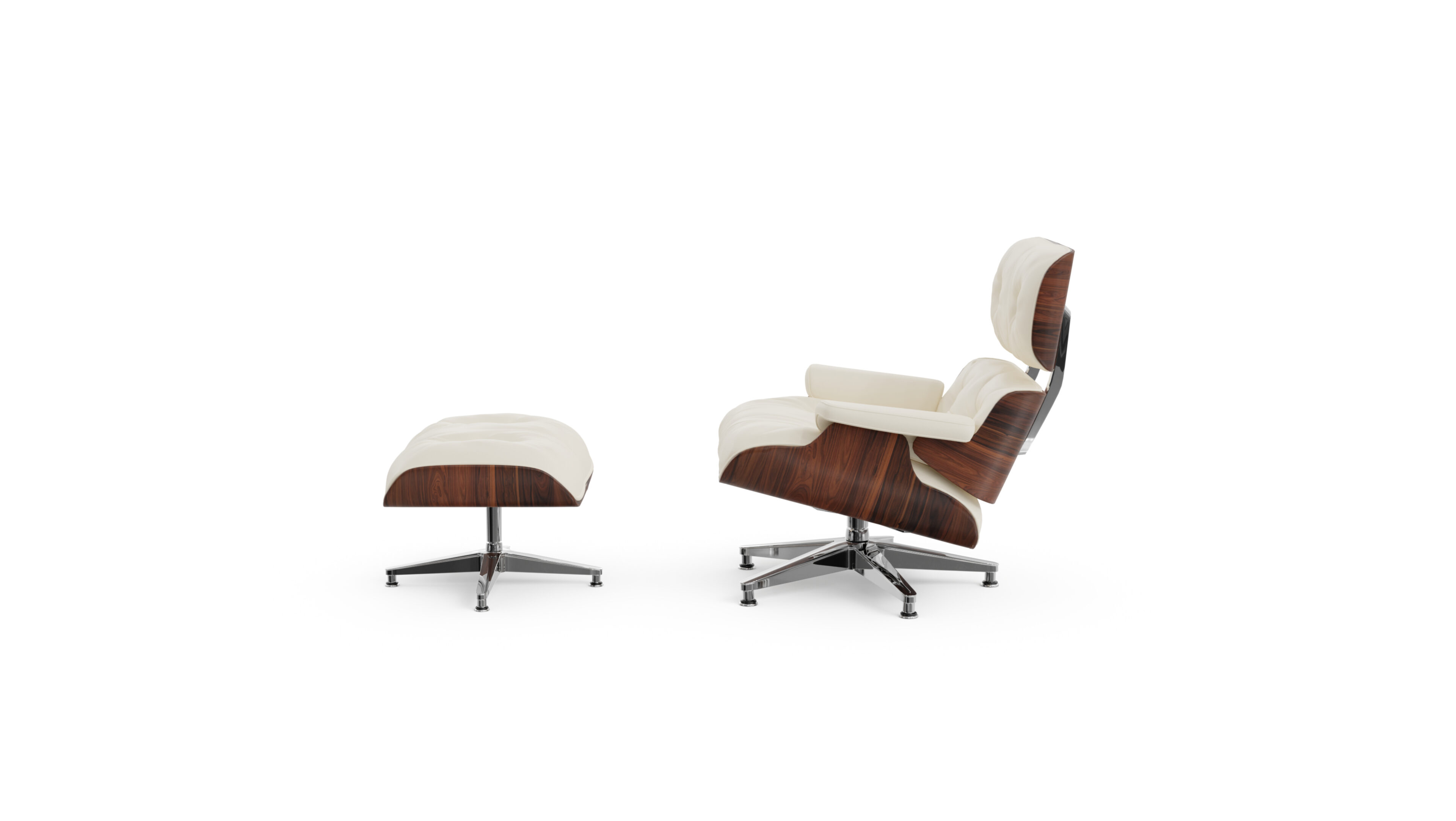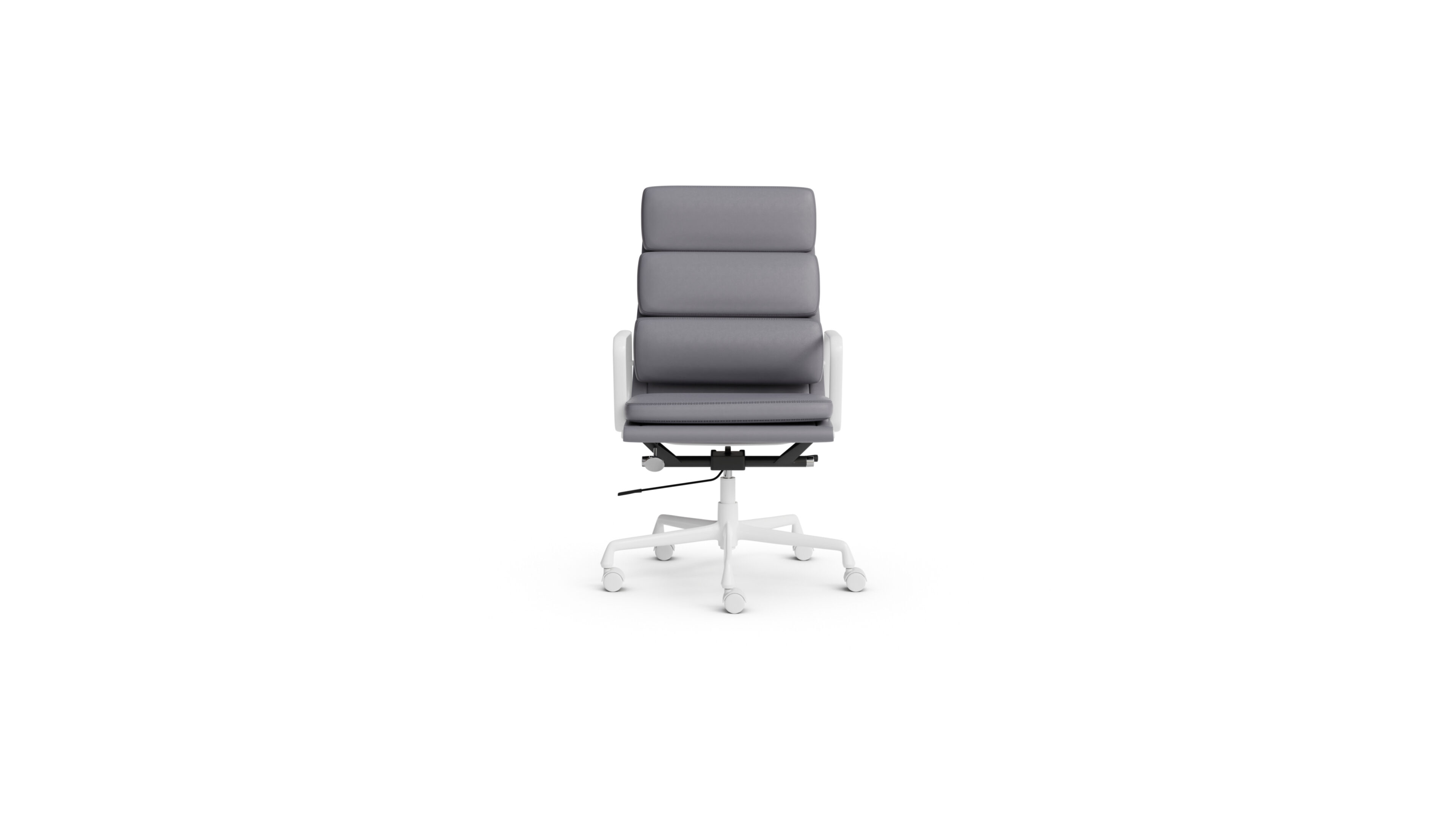
Kazuhide Takahama Biography
Kazuhide Takahama (1930-2010) was a Japanese architect and furniture designer known for his minimalist aesthetic and fusion of Eastern and Western design principles. He began his career in Japan before moving to Italy in 1957, where he collaborated closely with Dino Gavina and his influential company, Gavina SpA. Takahama is renowned for his elegant seating designs, including the Gaja series dining chairs and bar stools (1969) and the Tulu chairs (1968). His work is characterized by clean lines, geometric forms, and a focus on essential elements. Takahama’s designs have become iconic representations of mid-century modern furniture, influencing contemporary designers and earning places in prestigious museum collections.
Early Life and Education
Born in 1930 in Saga Prefecture, Japan, Kazuhide Takahama grew up in a country that was rapidly modernizing while still maintaining strong ties to its traditional culture. This duality would later influence his design aesthetic. Takahama studied architecture at Tokyo Institute of Technology, one of Japan’s most prestigious universities, where he was exposed to both traditional Japanese design principles and Western modernist ideas.
Career and Achievements
Takahama’s career began in Japan, where he worked as an architect and designer. However, his life took a significant turn in 1957 when he moved to Italy. This move would prove pivotal in shaping his career and design philosophy. In Italy, Takahama found a design culture that was open to new ideas and experimentation, providing fertile ground for his unique blend of Eastern and Western design principles.
One of the most important relationships in Takahama’s career was his collaboration with Dino Gavina, founder of Gavina SpA. Gavina, known for his innovative approach to furniture design and production, recognized Takahama’s talent and provided him with opportunities to create groundbreaking designs. This partnership resulted in some of Takahama’s most iconic pieces, including the Gaja series and Tulu chairs.
Throughout his career, Takahama’s work gained international recognition. His designs were not only commercially successful but also critically acclaimed, earning him a place among the most influential designers of the mid-20th century. His furniture pieces have been exhibited in prestigious museums around the world, including the Museum of Modern Art in New York.
Signature Designs
Kazuhide Takahama’s portfolio includes a range of furniture designs that exemplify his minimalist aesthetic and innovative approach. Some of his most notable works include:
1. Gaja Series (1969): A collection of dining chairs and bar stools known for their elegant, minimalist design and comfortable ergonomics.
2. Tulu Chairs (1968): These chairs feature a distinctive curved backrest and showcase Takahama’s ability to create visually striking yet functional designs.
3. Suzuki Cabinet (1969): A storage piece that combines clean lines with traditional Japanese woodworking techniques.
4. Marcel Sofa (1965): A minimalist sofa design that epitomizes Takahama’s focus on essential elements and geometric forms.
5. Kazuki Floor Lamp (1974): A lighting design that showcases Takahama’s ability to create functional objects with sculptural qualities.
Design Philosophy and Approach
Takahama’s design philosophy was deeply rooted in the principles of minimalism and functionality. He believed in stripping designs down to their essential elements, creating pieces that were both aesthetically pleasing and highly functional. This approach was influenced by both the Japanese aesthetic of simplicity and the Western modernist movement.
One of the hallmarks of Takahama’s work was his ability to fuse Eastern and Western design principles. He often incorporated traditional Japanese concepts of space, proportion, and harmony into designs that were decidedly modern and suited for mass production. This unique blend resulted in furniture that felt both timeless and innovative.
Takahama was also known for his meticulous attention to detail and his deep understanding of materials. He often experimented with new materials and production techniques, pushing the boundaries of what was possible in furniture design. His work with Gavina SpA allowed him to explore these possibilities, resulting in pieces that were not only beautiful but also technologically advanced for their time.
Legacy and Influence
Kazuhide Takahama’s influence on furniture design is significant and enduring. His work bridged the gap between Eastern and Western design aesthetics, paving the way for a more global approach to furniture design. Many contemporary designers cite Takahama as an influence, particularly in his approach to minimalism and his ability to create visually striking yet highly functional pieces.
Takahama’s designs continue to be produced and sought after today, testament to their timeless appeal. His pieces are not only collected by design enthusiasts but are also included in the permanent collections of major museums around the world, including the Museum of Modern Art in New York and the Victoria and Albert Museum in London.
The legacy of Takahama extends beyond his individual designs. His career serves as an example of successful cross-cultural exchange in design, demonstrating how different design traditions can be synthesized to create something new and valuable. This approach continues to inspire designers working in an increasingly globalized world.
Kazuhide Takahama FAQs
What is Kazuhide Takahama best known for?
Kazuhide Takahama is best known for his minimalist furniture designs that blend Eastern and Western design principles. His most famous works include the Gaja series and Tulu chairs.
What is the Gaja series?
The Gaja series, designed in 1969, is a collection of dining chairs and bar stools known for their elegant, minimalist design and comfortable ergonomics. It’s one of Takahama’s most iconic designs.
How did Takahama’s Japanese background influence his designs?
Takahama’s Japanese background influenced his designs through his emphasis on simplicity, attention to detail, and consideration of space and proportion. He often incorporated traditional Japanese aesthetic principles into modern, Western-style furniture.
Who did Kazuhide Takahama collaborate with in Italy?
In Italy, Takahama collaborated closely with Dino Gavina and his company, Gavina SpA. This partnership was crucial in bringing many of Takahama’s most famous designs to production.





















